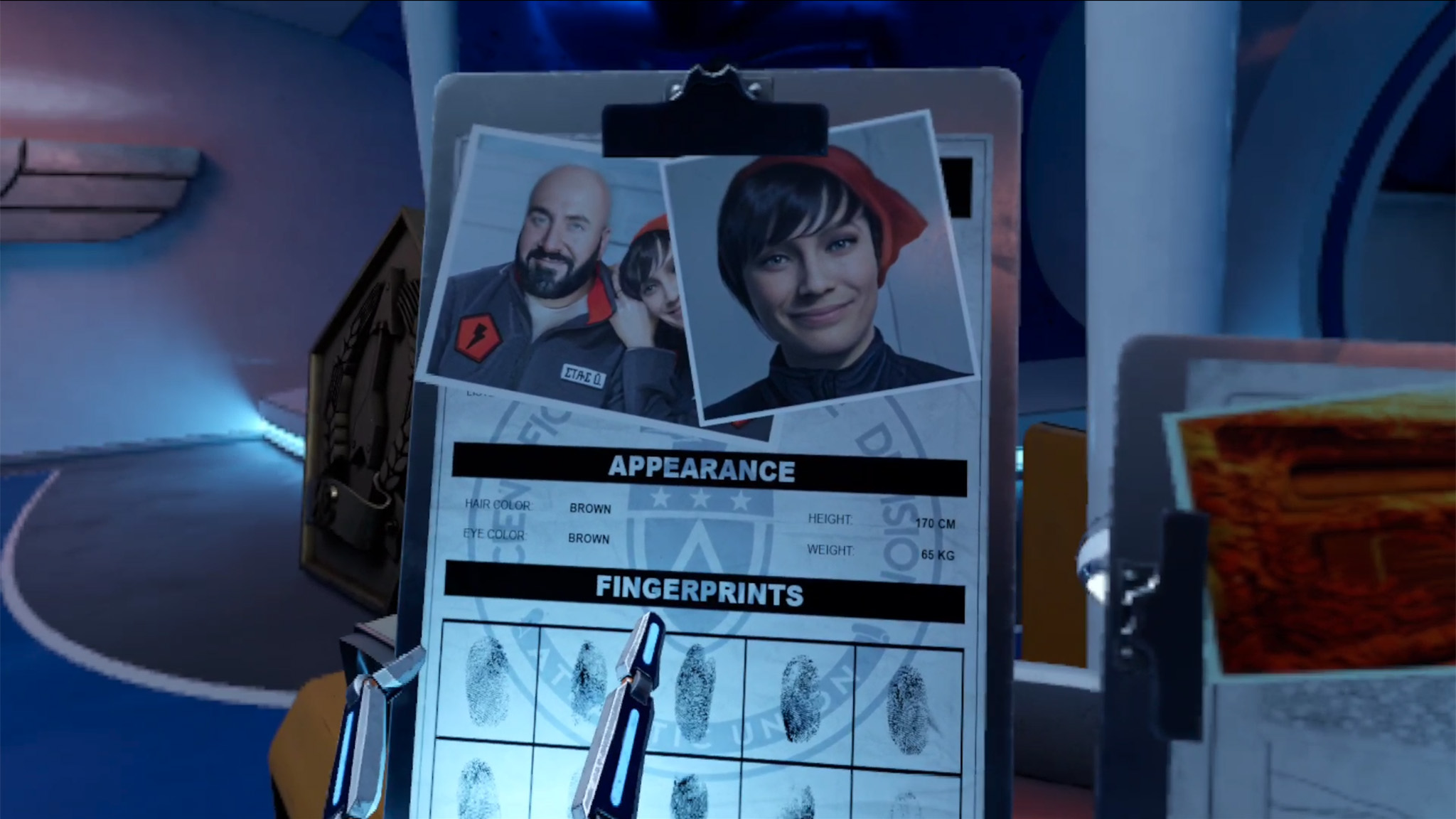This is why Red Matter 2 on the Quest Pro is 30% higher resolution
The developer is the first to implement eye-tracked foveated rendering.

What you need to know
- Red Matter 2 is the first game to support the Meta Quest Pro's eye-tracked foveated rendering tech.
- Developer Vertical Robot says it was able to boost resolution by 30% because of this new feature.
- Foveated rendering uses eye-tracking tech in the headset to keep the center of vision higher resolution than the peripheral view.
Vertical Robot has always been at the forefront of pushing graphics in virtual reality, so it comes as no surprise that the developer's latest title, Red Matter 2, once again pushes graphical boundaries by using Meta's new eye-tracked foveated rendering tech on the Meta Quest Pro.
Red Matter 2 already looked crazy good on the Quest 2, but now it looks at least 30% better on the Meta Quest Pro thanks to eye-tracked foveated rendering. An update delivered on the Quest Pro's launch day — that's October 25, 2022 — enabled the new feature and proudly boasts an impressive 30% higher resolution than the Quest 2 version.
Eye-tracked foveated rendering uses the three eye-tracking sensors inside the Meta Quest Pro's headset to detect where you're looking and supercharge the resolution right at the center of where you're gazing. The rest of the screen — that's the part you can't focus on because of the way peripheral vision works in the human eye — is rendered in significantly lower resolution to avoid the performance issues rendering in high resolution could otherwise bring.
The result is an image that's perceived by the person playing as unbelievably high-resolution, as the peripheral view's details essentially don't matter. I took a video of me walking around a room in the beginning of the game that helps showcase the tech in action, which you can watch below.
Make sure to play the video back in 1080p and then look closely at the screen as I look around. You'll notice that the center of where I'm looking is crisp and clear, while the periphery of my view is much lower resolution.
I did notice some shimmering in my periphery depending on which objects were present — it was particularly noticeable when that red space suit was in my periphery — but other colors like blue and silver look normal from my point of view.
While it's not expected that many games will implement this kind of tech due to the fact that the Quest Pro isn't being marketed, it's impressive to see this caliber of an update happen on day one of the Quest Pro's release.
Get the latest news from Android Central, your trusted companion in the world of Android
Eye tracking is disabled on the Quest Pro by default and has to be manually enabled for privacy reasons. Eye tracking data is processed on device and Meta says it is never uploaded to any servers. Eye-tracked foveated rendering is enabled automatically in Red Matter 2 when eye-tracking is enabled on the Quest Pro headset.
The second entry in the VR-only adventure puzzle series Red Matter ups the ante in every way possible. Explore the far reaches of space and solve the mystery of what happened to your beloved friend but beware. You are not alone.
Get it at Oculus



